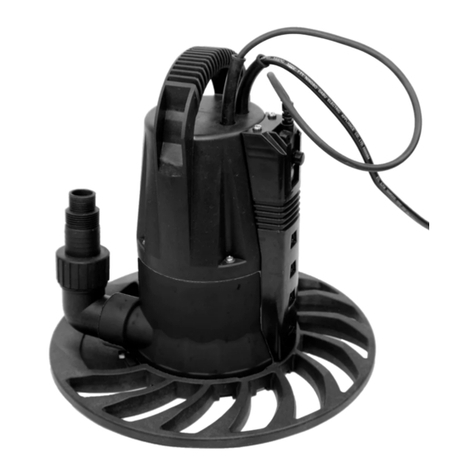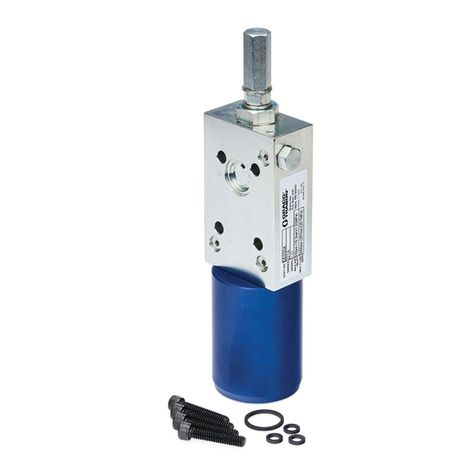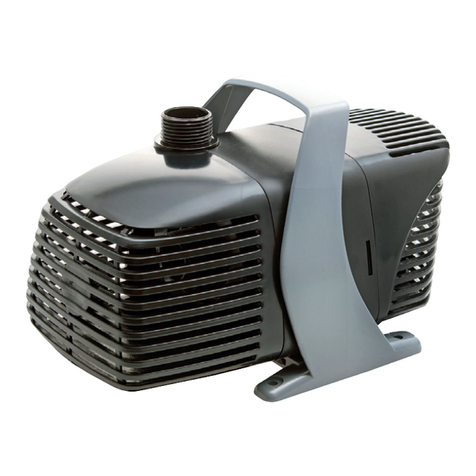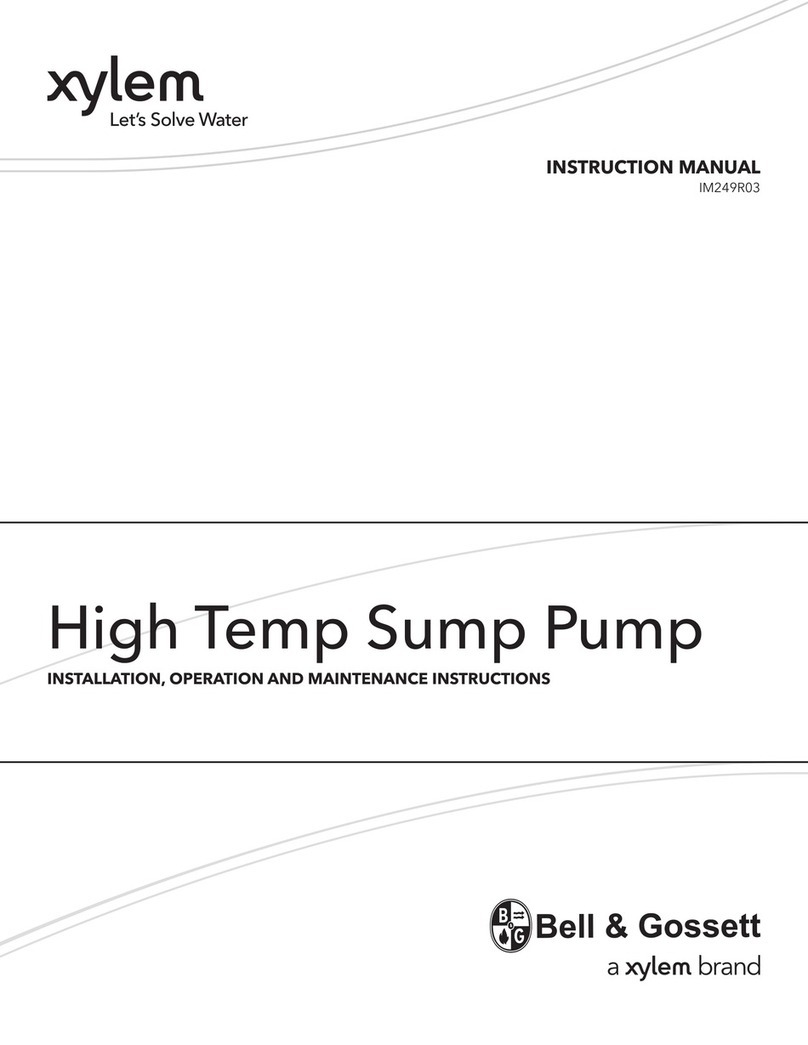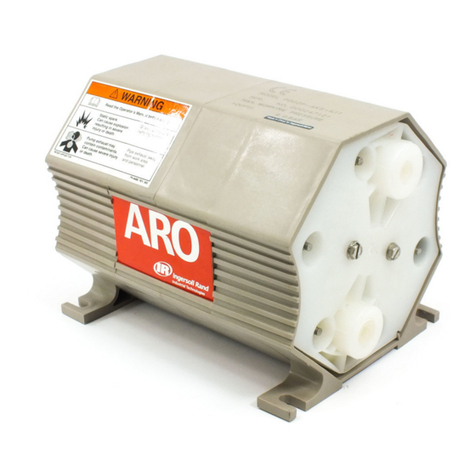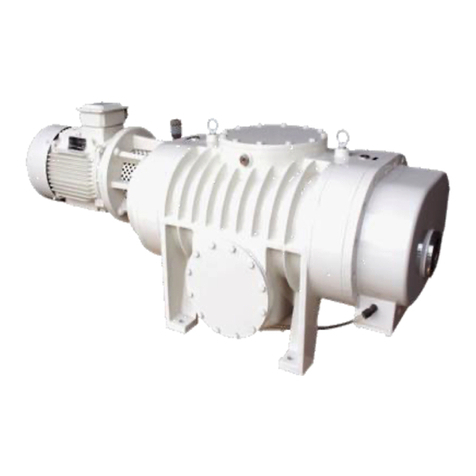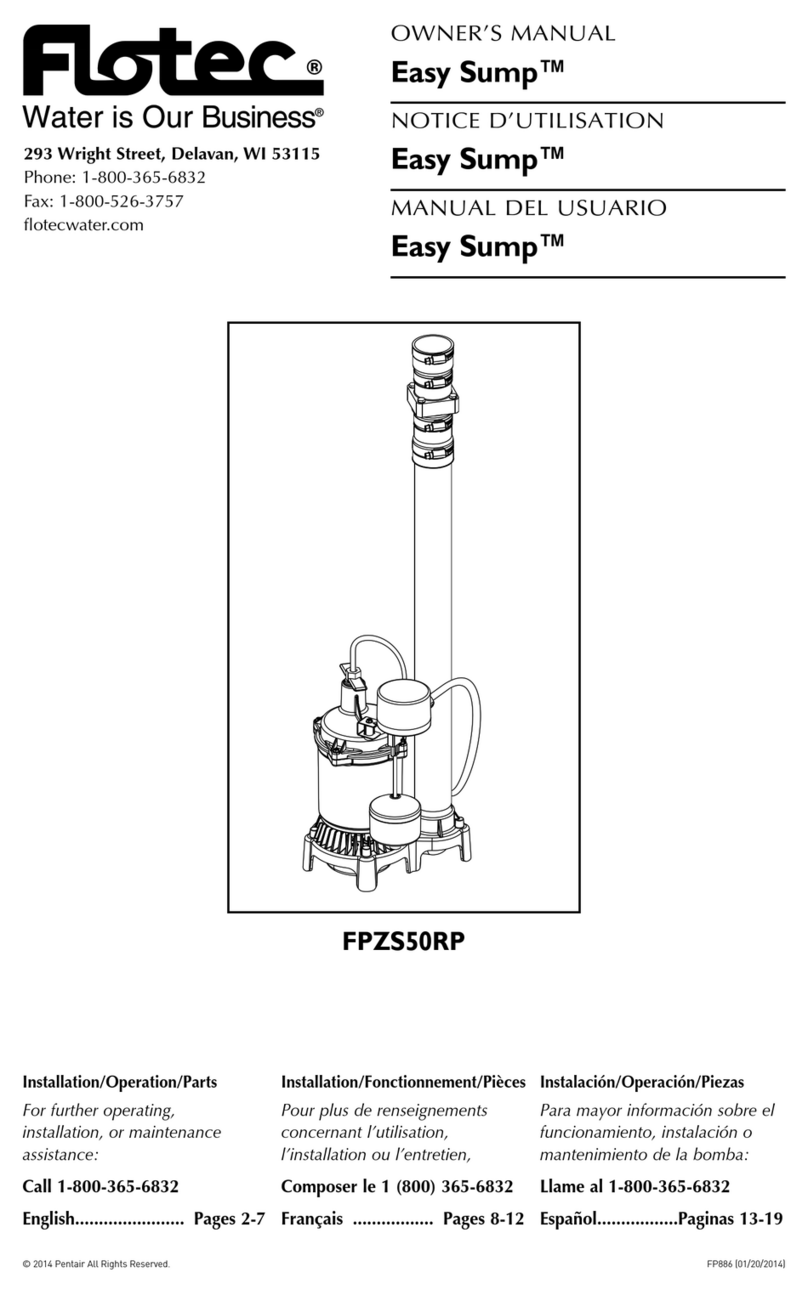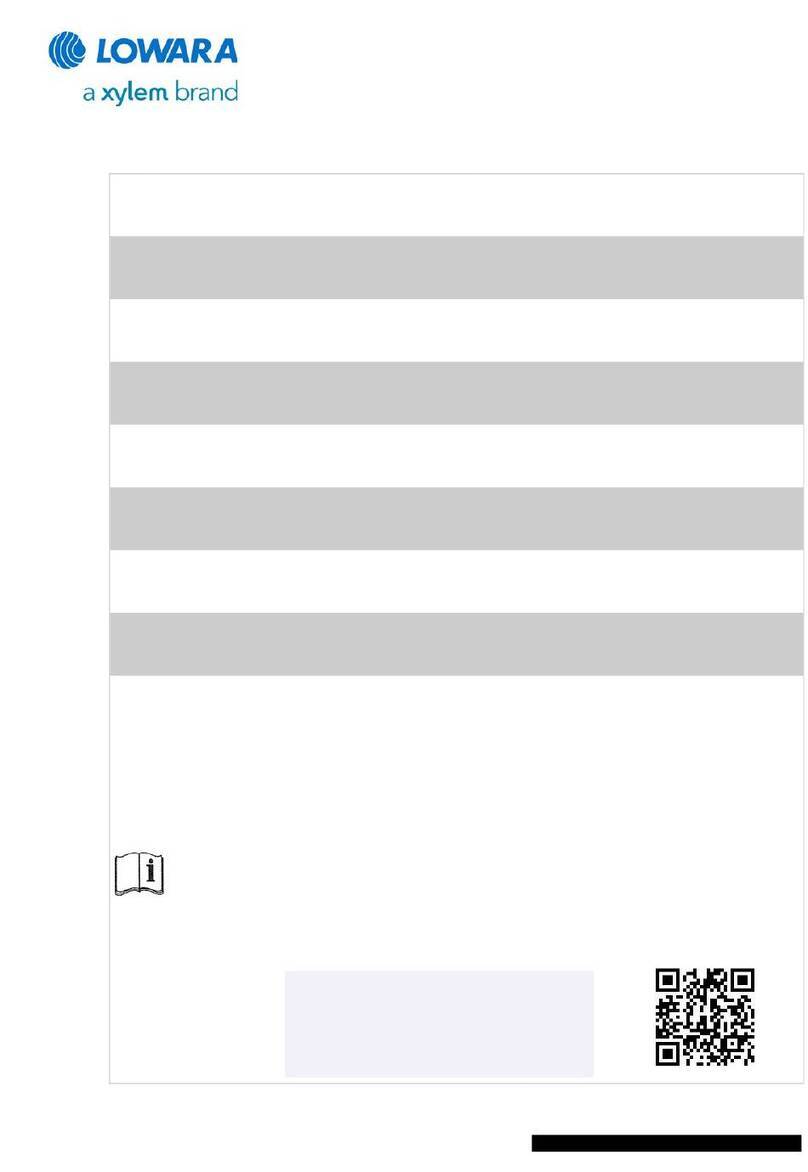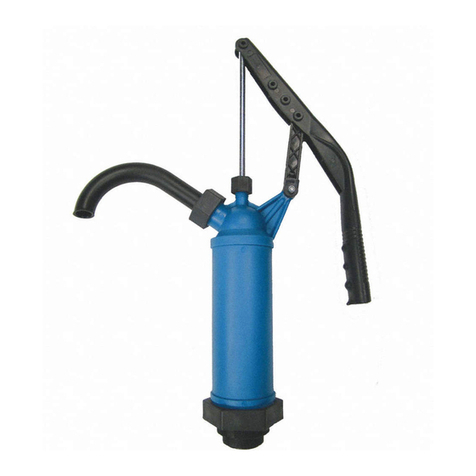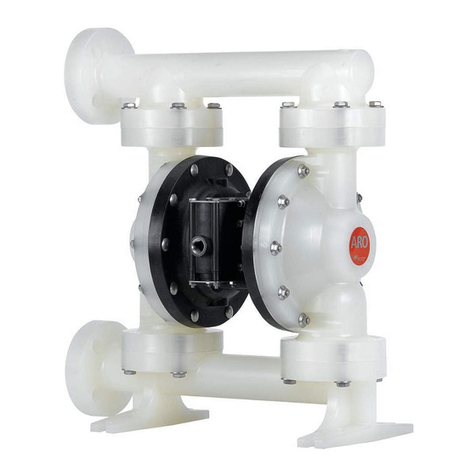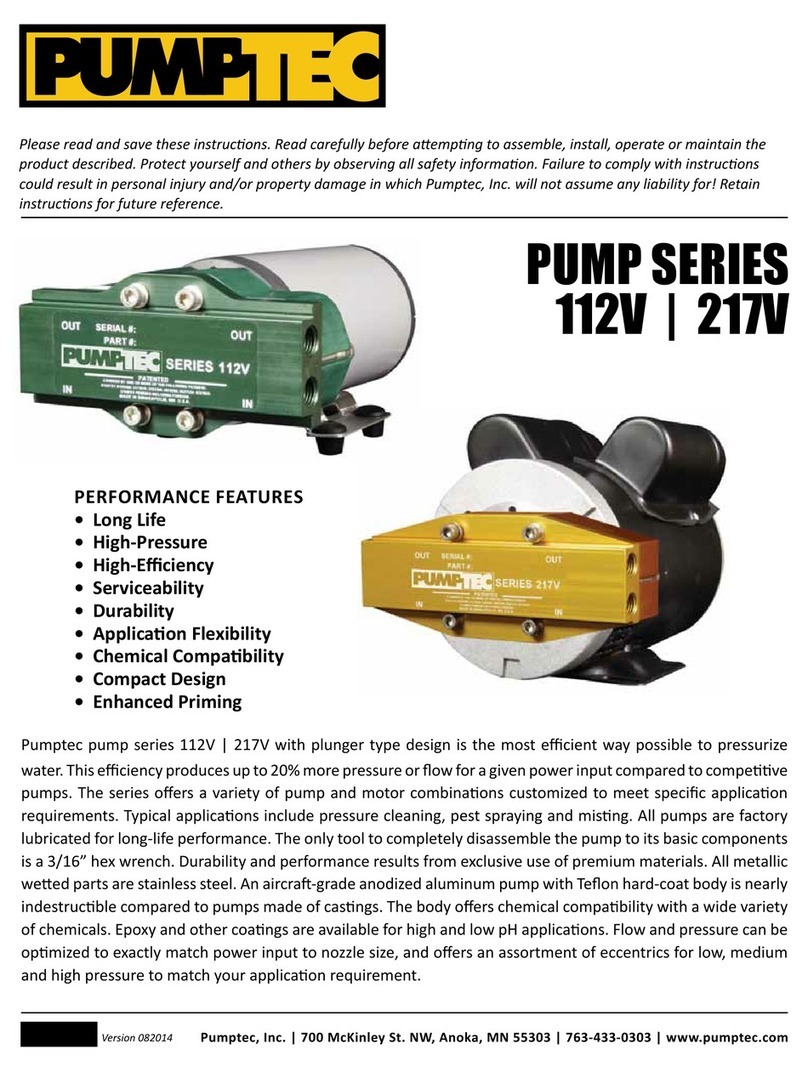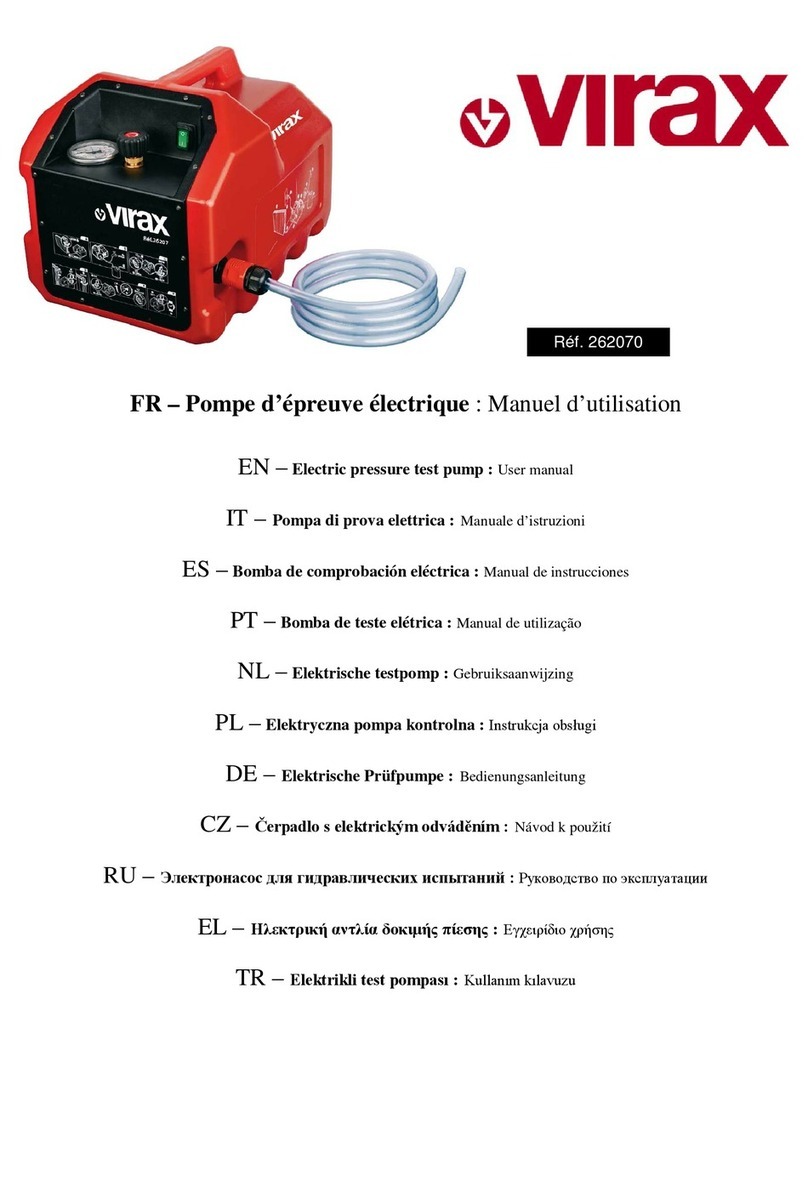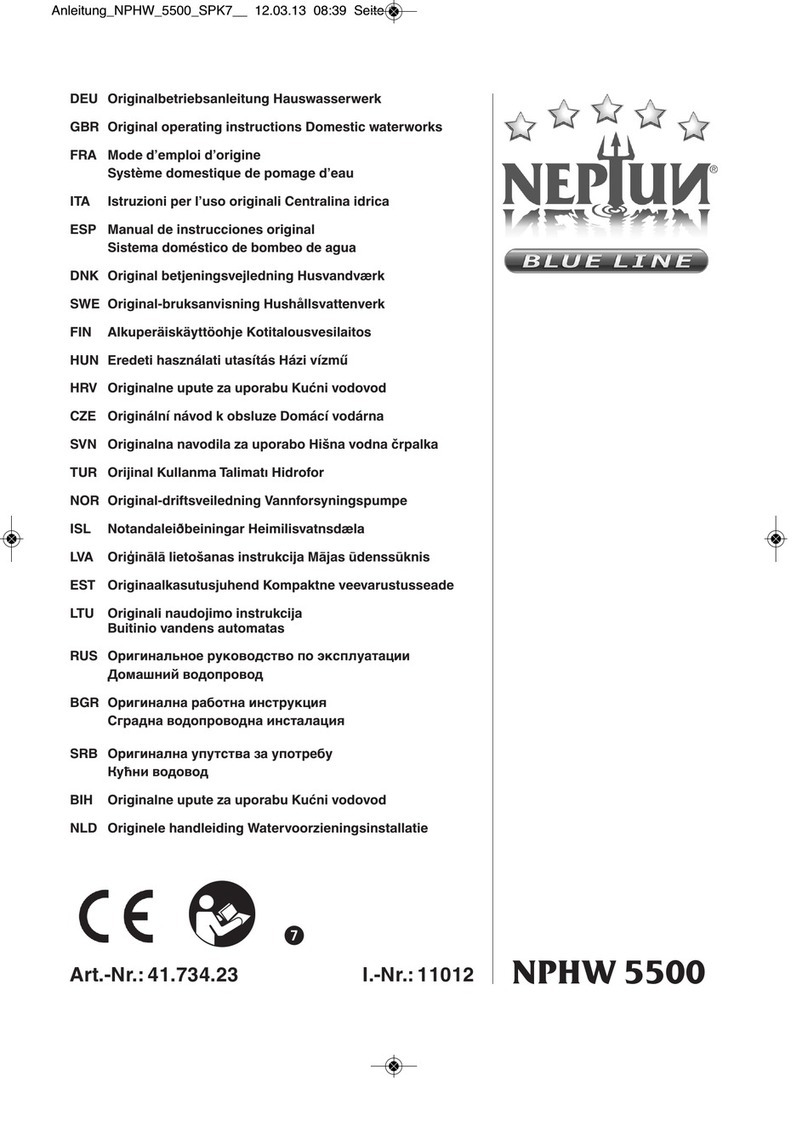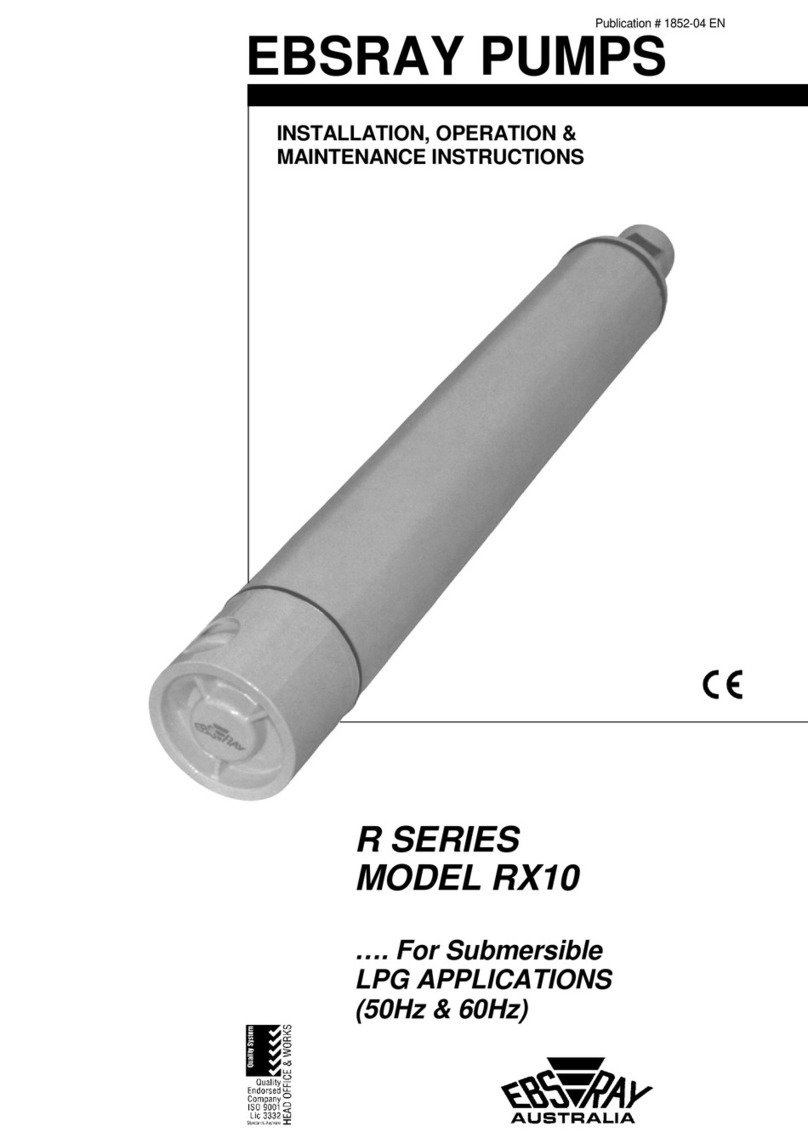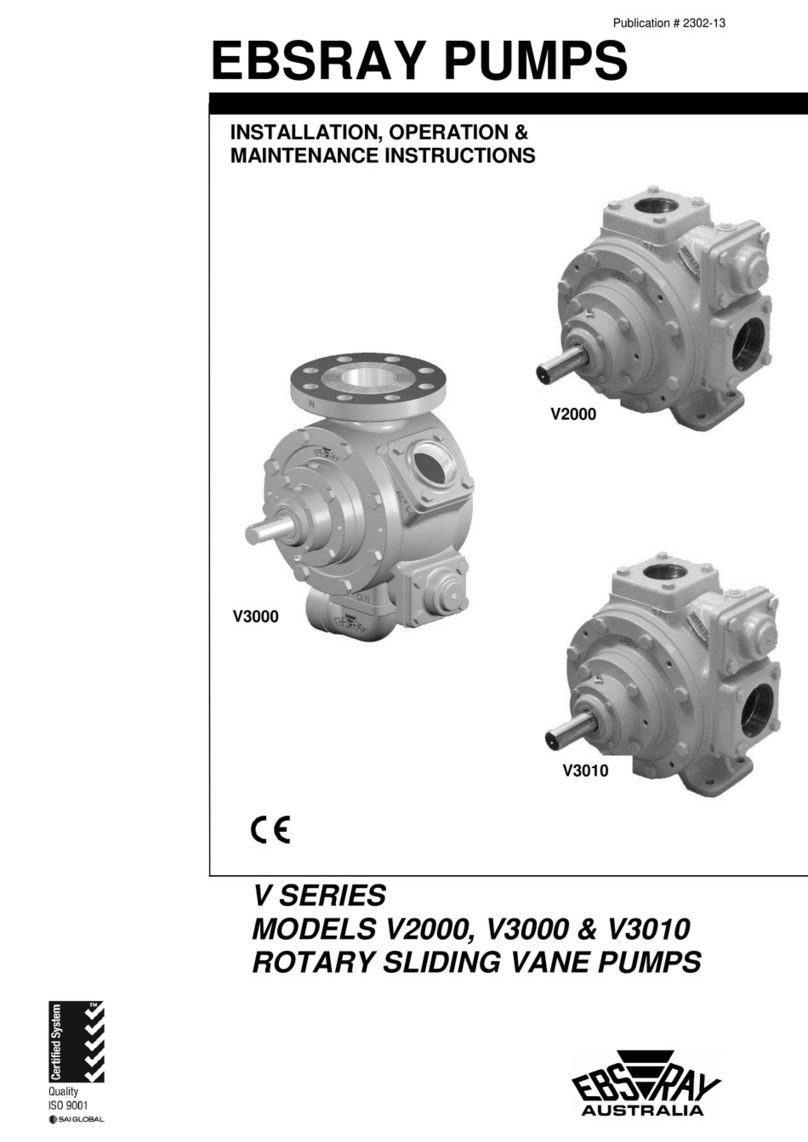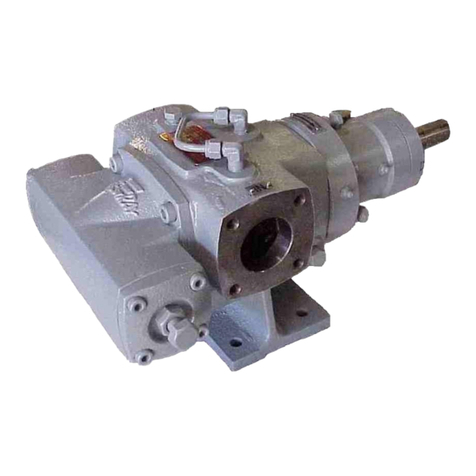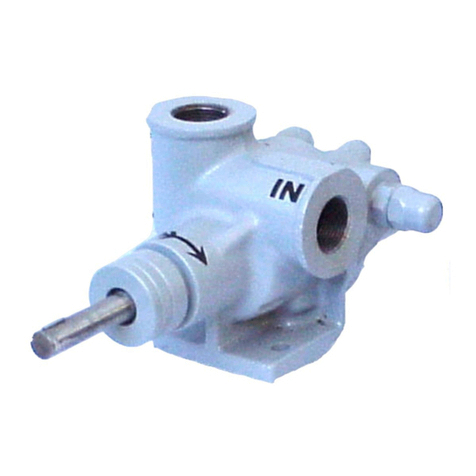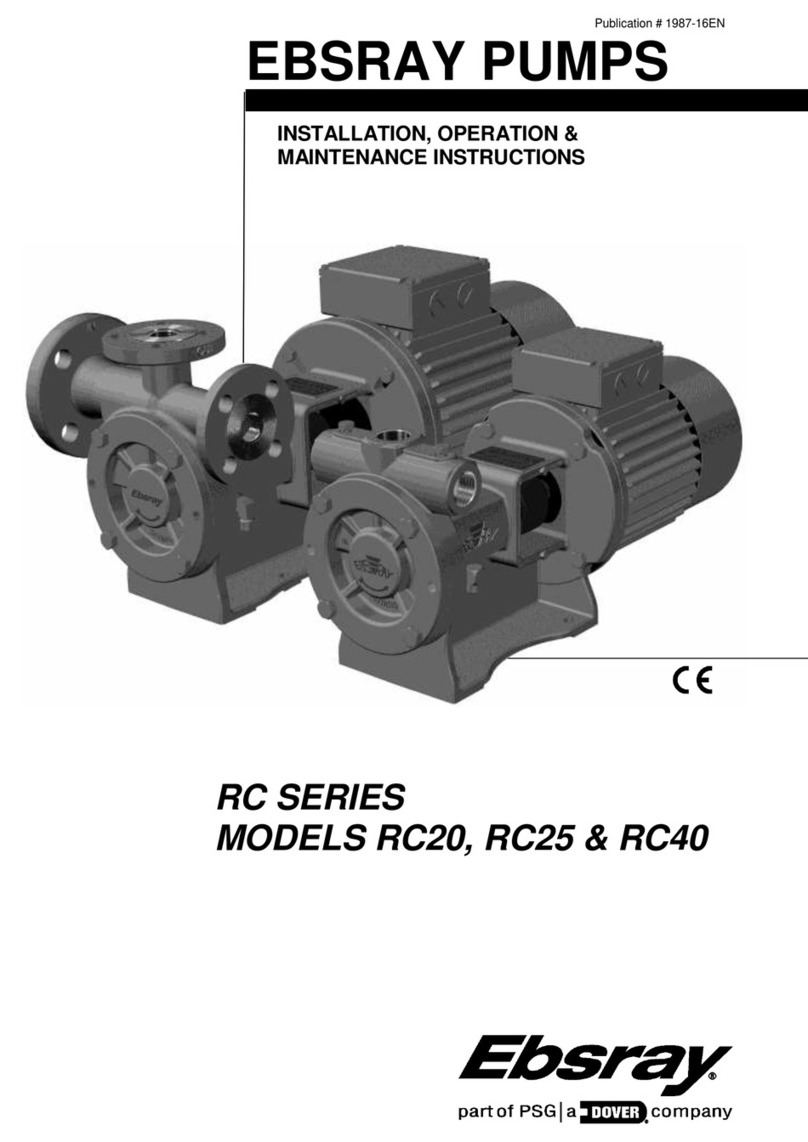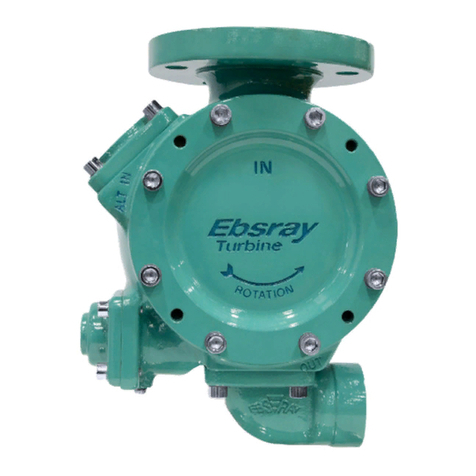
4
WARNING
WARNING
SECTION 1 – GENERAL
1.1 INTRODUCTION
This publication is intended to assist those involved
with the installation, operation and maintenance of
EBSRAY RC Series Regenerative Turbine Pumps and
related pumping systems.
Before starting any work, this publication should
be completely read/reviewed by all persons
involved with the work. If any part of this
publication is unclear, obtain clarification before
proceeding with any work.
As LPG (Propane and Butane) is regarded as a
flammable liquid, extreme caution must be taken to
ensure total compliance with all necessary
Directives, Statutory Standards, Codes and
Regulations is fully understood and exercised in
the installation, operation and maintenance of
Ebsray RC Series pumps.
These instructions are intended to assist correct
pump installation, operation and maintenance
requirements. They are additional to, and do not
supersede or override any applicable statutory,
legal or regulatory requirements.
CAUTION
Installation and servicing of this equipment should
be performed by qualified competent personnel in
accordance with relevant Directives, Standards,
Codes, Regulations and site requirements, in
conjunction with these instructions.
When the equipment supplied utilises components
other than those manufactured by EBSRAY e.g.
electrical equipment, switches, fittings, valves, etc
reference should be made to the original
manufacturer's data before installation or servicing is
commenced.
Failure to observe these details could result in
equipment failure and void the Warranty.
The pumpset must be operated within the original
selected design parameters of pumped product,
flow, pressure, temperature, voltage and current.
Should ANY change from original specification be
contemplated, please confer with Ebsray or
appointed Representative in order to verify the
suitability of such a change.
Standard domestic packing is suitable for shipment in
covered transports. Pump ports must be adequately
sealed to exclude ingress of condensation, moisture or
foreign material. When received on site the pump must
be stored in a dry covered area.
NOTE
If Pump is not installed and commissioned
immediately, special preservative techniques will
be required. (Refer to EBSRAY or appointed
Representative).
e.g. If the pump is installed, but not
commissioned, low pressure nitrogen can be used
to purge, seal and protect pump from the effects of
condensation and atmospheric corrosion.
NEVER allow water or any corrosive product to
enter the pump (e.g. for hydrostatic testing of
pipework). Severe internal damage may result and
will void the Warranty.
1.3 RECEIVING INSPECTION
SHORTAGES and/or DAMAGE
On receipt of equipment, check all items against the
dispatch documents and inspect for damage. Any
damage or shortage incurred during transit should be
noted on the Packing Note and on both your own and
the carrier's copy of the Consignment Note. A claim
should be made immediately on the transport
company.
Also advise EBSRAY or appointed Representative.
Should a shortage be evident on receipt, notify
EBSRAY immediately giving full details and Packing
Note number.
1.4 HANDLING
Do not drop or damage Pumpset! Care should be
taken in moving/handling pumps/pumpsets in order to
minimise stress on the internal components.
The pump/pumpset should be lifted ensuring
compliance with the relevant lifting codes.
Severe internal pump/pumpset damage may result
if correct handling and due care is not taken.
1.5 WARRANTY
1. All EBSRAY manufactured pumps and equipment
are warranted as standard for one (1) year against
faulty workmanship and/or materials. Refer
EBSRAY appointed representative for details.
2. Ancillary equipment supplied by EBSRAY but
manufactured by others will be in accordance with
those manufacturer's written warranty conditions.
1.2 TRANSPORTATION AND STORAGE
DANGER
DANGER
